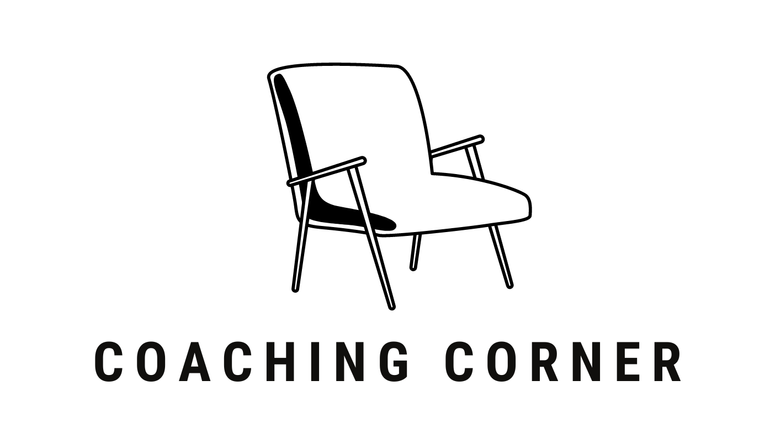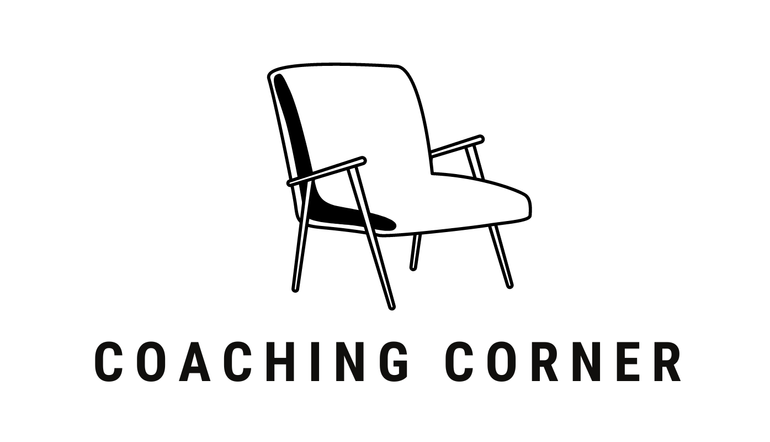It seems like most everyone I’m coaching these days is tired. In a recent session, a founder and CEO of an early-stage company exclaimed, “I’m incredibly burned out. I’ve reached the saturation point. I work, work, work, and then when I stop, I can’t move.” In the next session two weeks later when I asked how she was doing, she said, “It might be worse.”
My client has been at the helm for over five years. In that time, she’s been through a startup accelerator and raised multiple rounds of venture capital, all while leading her company through a major pivot. She is now seeing solid traction and product market fit, and yet, her company is running out of cash and seems unlikely to be able to raise a next round of financing with their current trajectory. She’s starting to contemplate her options, including selling her company.
We’d been talking about all this over the last year, and even though she was about to leave for an overseas vacation, which was good timing, she knew that the vacation was unlikely to help with the stress and exhaustion she was feeling. A weeklong vacation, combined with long travel and time zone differences was not going to put a dent in the burnout that had been building for years. Even worse, it might add to her exhaustion because upon return, she immediately has a keynote presentation to give at an industry-leading conference, and then her team convenes for their company offsite for a few days. This all means that she will be getting back from vacation, dealing with jet lag, having to prepare for a keynote talk, and also getting ready to lead her (usually remote) team during their in-person offsite. Oh, and I failed to mention that she has a husband and a young child at home. No rest for the founder!
As a cofounder and former CEO, I’ve been on the burnout treadmill. At times, it’s subtle and feels like a major adrenaline and dopamine rush to be so busy and in command, but when it hits, it’s like running into a brick wall. I remember not being able to sleep, not being able to focus or be mentally or emotionally present with my partner. I remember the feelings of exhaustion and stress. The constant worry about running out of money or getting to the next big milestone. The cofounder struggles. I also remember the physical burdens of burnout–the weight gain (or for some, the weight loss), the sleepless nights, and the other tolls from neglecting my most basic bodily needs. These are all signs of burnout, and just writing this reminds me of the incredible loneliness and emptiness that filled my body and mind.
Thankfully, I was able to slowly reverse my burnout, but it took time and focused discipline. Some of the things I did to help was that I started working with an executive coach. These weekly conversations forced me to step back and take honest inventory of my situation. I had an accountability partner in my coach who helped me to see and address the many areas of my life that had become untenable. I hired a seasoned executive to partner with me on leading the company along with a people ops leader to help with leading and managing a growing team. This was harder, but I also forced myself to prioritize and delegate. Up until then, I was still coordinating and facilitating every company meeting, and I was still sending out all employment offer letters and managing new hire onboarding. And that’s just a small example of what I was still holding onto. I had to admit that I couldn’t do it all. I needed to let go so that I could focus on the bigger picture items, like the strategy and financing for the business.
This isn’t the first time a coaching client has come into a session burned out. Just last week in a coaching circle that I lead that has five very early-stage founders in it, almost every single person said they were tired and overwhelmed. Burnout is all too common, and unfortunately, it’s not something that can just go away by taking a weekend off from working or even by taking a vacation. Properly dealing with burnout requires resetting priorities, learning how to delegate, and setting boundaries. It can also require medical or therapeutic intervention. In short, it requires behavior shifts that are uncomfortable. Change is hard, especially when, as the famous philosopher, Taylor Swift, sings, “Hi, I’m the problem, it’s me.”

